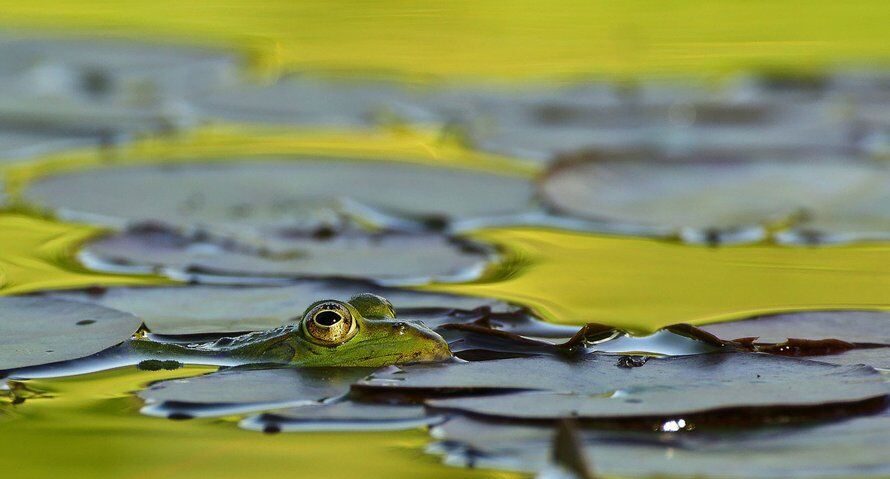Are you going to swim in open water? You should know this about blue-green algae
Image: Pixabay
Also this summer, a large number of swimming lakes, rivers and streams are struggling with the toxic blue-green algae. So are you (or your pet) looking to cool down? Check first via this website whether the water is clean. And read this article.
What is blue-green algae?
Blue-green algae are microscopic organisms. The name is somewhat misleading: it is not an algae but a bacterium that lives in fresh and salt water and on the water bottom. When the cells break down, the algae turn reddish-brown or blue in color – hence the name. If there are many nutrients in the water and it is warmer than 20 degrees, this can cause a blue-green algae bloom. That is why blue-green algae often occurs in the summer, because that season offers the ideal conditions for this bacterium.
Why not swim?
Blue-green algae is anything but harmless. Some blue-green algae are poisonous. If you swim in contaminated water, the toxins can enter your body through your mouth. This can make you sick. Swimmers often suffer from skin and eye irritations. Fever, headache, swollen lips and diarrhea are also common complaints. The symptoms last about five days and often disappear on their own. Fortunately, serious poisonings are rare among adults. Young children are more at risk, so be aware that they are more vulnerable and often swallow gulps of water while playing and floundering. Dogs can also become ill from the contaminated water if they lick their fur dry or drink the water.
READ ALSO
CHILD: This is how you protect your child from the sun >
How do you recognize blue-green algae?
You cannot always spot blue-green algae with the naked eye, especially if there is a low concentration. If there is a lot of blue-green algae, you can recognize it by the blue or reddish-brown ‘strings’ in the water and the stench. Sometimes you also see dead fish or birds floating, because they can die from blue-green algae in the water. So avoid water with a strange color, smell or dead animals. Official swimming locations are checked by the government for blue-green algae (check the results here). If these are found, there will be warning signs at the waterfront. So check if you see a sign somewhere before you take a splash.
Want to read more Kek Mama? Subscribe now and take advantage of the best offers.



